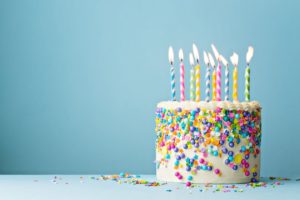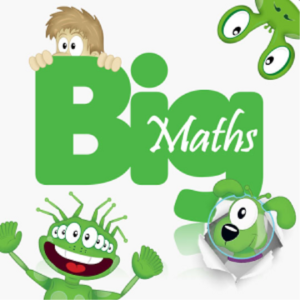Happy Birthday Erin!

Happy Birthday Erin!

The children are working on the topic of My body. They will be learning about having a healthy body and keeping clean. They will also learn the correct names for male and female genitals.
This week in school our Relationships, Sexual Health and Parenthood lesson will be about naming parts of the body. The
body-part names and descriptions that they will learn, are these:
Nipples: Both boys and girls have nipples. When a girl grows, she will develop breasts. If a woman has a baby, then she can breast feed her baby; the baby would get milk from its mum’s nipples. Sometimes people ask, “so, why do boys have nipples?” All babies develop the same way until their mum is about 8 weeks pregnant, and that includes nipples. So, if the baby that is growing inside the mum develops to become a boy, he will still have nipples.
Penis: Boys have a penis. When a boy urinates/goes to the toilet, it comes out of his penis. When we learn more about how babies are made, we will learn more about the penis.
Scrotum and testicles: The scrotum is the sack of skin that hangs under the boy’s penis. Inside there are the testicles. Again, in another lesson we will learn more about this.
Vulva: Girls have a vulva. When a girl urinates/goes to the toilet, it comes out of her vulva. (N.B. If a child uses the word vagina to describe this part, we respond with: Sometimes people use the word vagina, but the vagina is actually just the bit inside the girl. So, if you are a girl, the bit you see between your legs when you look at your body is your vulva.)
We use these terms because they help to remove any embarrassment or shame about these body parts. Also, knowing these words means that children can explain clearly if they are unwell or have a worry. Knowing these terms help to protect children because they also learn that these parts of the body are private – we will be doing more on this in class.
C-
Count Along- I can count along when the numbers are written in.
L-
3 times table
I-
Where’s Mully? Step 1- I can find Mully using my tables.
Remember to:
C-
Collum Method
Addition Step 2

As part of our upcoming block of learning on Relationships, Sexual Health and Parenthood we will be covering the following topics in an age appropriate way:
For more information on these subjects, please see the attached parent information letter.
RSHP-Learning-at-School-First-Level-information-for-parents-and-carers-1 (1)
C-
Count Along- I can count along when the numbers are written in.
L-
3 times table
I-
Coin Multiplication Step 2- I can complete a 1,2,5,10 card.
Remember to:
C-
Division Step 17- Division-2,3,4 and 5 times table
-I can use a tables fact to find a division fact (with remainders) 17 divided by 5
Remember to:

Happy Birthday Isaac!

C-
Count Along- I can count along when the numbers are written in.
L-
3 times table
I-
Coin Multiplication Step 2- I can complete a 1,2,5,10 card.
Remember to:
C-
Division Step 17- Division-2,3,4 and 5 times table
-I can use a tables fact to find a division fact (with remainders) 17 divided by 5
Remember to:

C-
Count Fourways- I can count in 2s, 20s, 200s, 2000s.`
L-
3 times table
I-
Dividing by 10: I can divide multiples of 10 by 10. (130 divided 10= 13)
Remember to:
C-
Division Step 17- Division-2,3,4 and 5 times table
-I can use a tables fact to find a division fact (with remainders) 17 divided by 5
Remember to:

Happy Birthday Lucy!

C-
Counting Multiples Step 4- I can count in 3s (..9, 12, 15..)
L-
3 times table
I-
Multiplying by 10: I can multiply whole numbers by 10. (13×10=130)
Remember to:
C-
Multiplication Step 9-I can solve 1dx1d (4×2)
Remember to:
